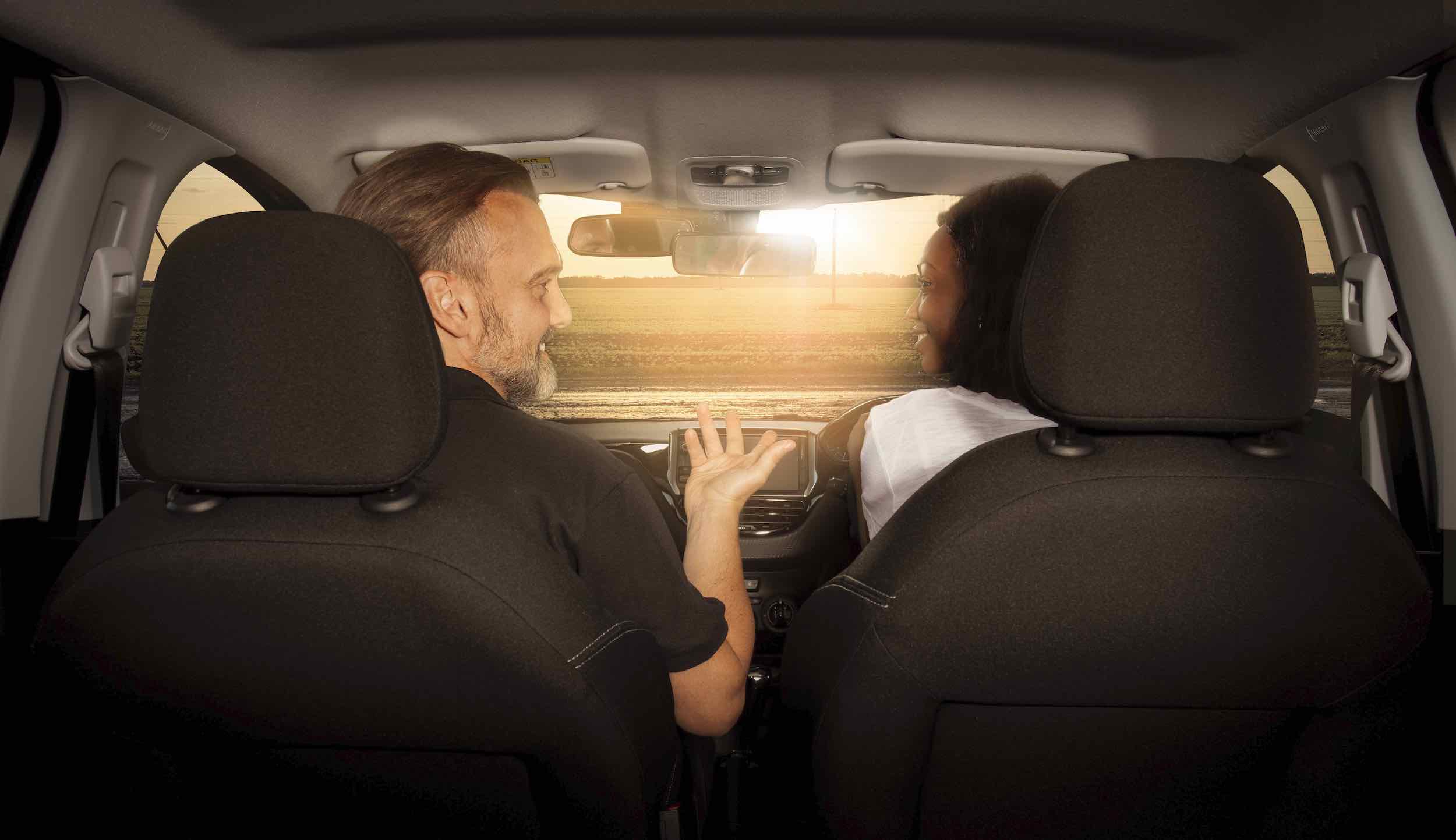Everything You Need to Know with BSM
How Driving Tests
are Marked

Driving test scores: Need to know
How driving tests are marked
If your driving test is looming, you may be wondering how it’s scored. Each of the two driving tests is marked differently. In both parts of the driving theory test, you want to score as many points as you can. Whereas in the practical driving test, you want to chalk up as few faults as possible.
Here we’ll take a closer look at how each of the driving tests is marked, and what kind of score to aim for.
How is the driving theory test marked?
The driving theory test is made up of two parts – multiple-choice questions, and a hazard perception test. Each of these is computer-based, and your score will be calculated automatically.
You need to pass both in order to progress to the practical test. If you fail either part, it’s back to square one.
How is the multiple-choice test marked?
The multiple-choice part of the test is made up of 50 questions. Of these, 45 questions are randomly selected, and will quiz you on your driving theory and Highway Code knowledge. The remaining five are case-study based.
If you’re not sure of an answer, don’t panic and take a stab. You can defer any questions to return to at the end.
In order to pass this part of the theory test, you must score 43 or above.
How is the hazard perception test marked?
Next up is the hazard perception test. You’ll be shown 14 videos about a minute long each. You need to spot 15 hazards developing in good time. A hazard is something that would cause you to take action, such as brake or change course. You won’t know in advance which video features two distinct hazards, so it’s best not to rest on your laurels.
In each instance, the earlier you identify a hazard developing, the more points you’ll score. You can score a maximum of 5 points per hazard, but will get zero if you don’t spot it in time. You only get one shot at each hazard.
There are 15 scorable hazards, meaning there are a potential 75 points up for grabs. In order to pass, you must score 44 points or above.
How is the practical driving test marked?
When it comes to your practical driving test, things are done a little differently. The test is marked by an examiner, and rather than scoring points, you ideally want to avoid getting driving faults. A perfect test score is zero faults.
Right at the beginning, there will be a test of your eyesight. If you can’t read a number plate from a certain distance, you’ll fail immediately and the test won’t continue.
The examiner marks your faults on a score sheet – known as a driving report – throughout the test. They will keep this private until the test has finished, when you’ll receive your result and feedback.
Top tip: If you see the examiner putting pen to paper during the test, don’t assume the worst. They might just be noting some feedback. Try not to let it affect your test performance.
What are driving faults?
There are three types. A minor (known on the sheet as a driving fault) is a mistake which isn’t dangerous. Although the odd minor here and there won’t cause you to fail, you should avoid accumulating too many. If you get more than 15 minors, you will fail. Also, if you keep making the same error, that may constitute a serious fault – which means you’ll fail.
That brings us onto majors, or serious faults. These are errors which, under certain circumstances, could be dangerous. If you get even one of these, you will fail – although the test itself will continue.
Finally, a dangerous fault is the worst thing you can do on your test. If you put yourself, the examiner, third parties and/or property in danger, the test will be discontinued. Needless to say, this is an epic fail.
So in order to pass, you need to have 15 minors or fewer, with no serious or dangerous faults. Good luck – you’ve totally got this!